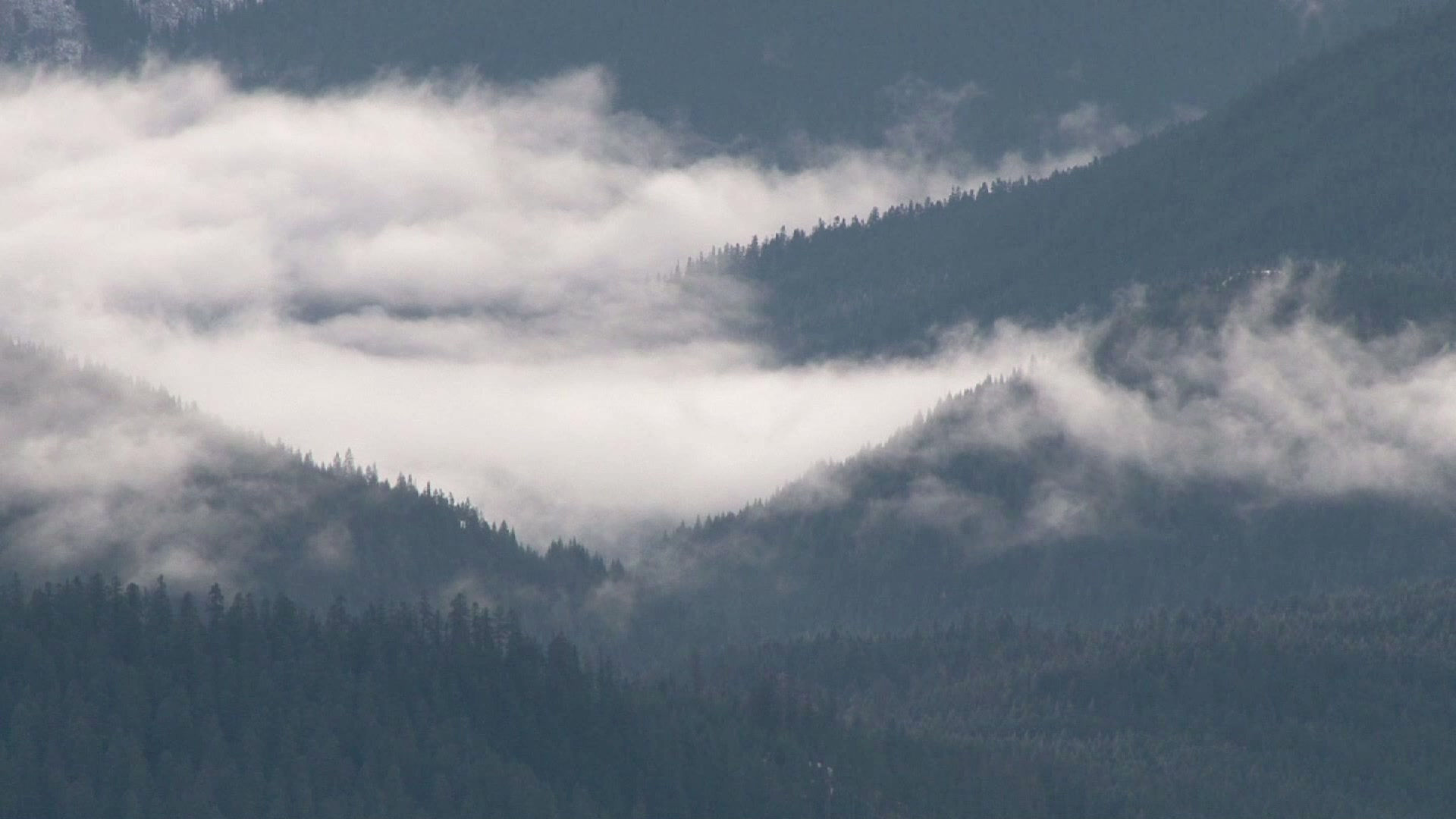

Curvature Attributes
Figure 4: Comparison of Seismic Cross Section at Inline 749 between the original seismic data, maximum curvature and minimum curvature.
The curvature attributes is the same as coherence in helping the interpreters to reveal the geologic features. Curvature can be categorised into 2D curvature and 3D curvature. The 3D curvature attribute is able to highlight the smaller scale of features like faults and fractures by removing the regional dips (Rubio, 2010). Normal curvature can be identified by determining the seismic reflectors are zero, positive or negative curve. We have studied the curvature in 2D and 3D as well as the three components that it entails which are the maximum curvature, minimum curvature and mean curvature.
The figures above show the comparison of the original seismic data, maximum curvature and minimum curvature at Inline 749. After applying the curvature attribute, the geological features are emphasized. In the maximum curvature, the fault can be seen clearly. The channel, which is in the black circle can also be seen after the maximum curvature attribute is applied. In the minimum curvature attribute, the horizons can be seen clearly. The curvature attribute provides a reliable and accurate prediction of the distribution of fractures.
Figure 5: Comparison of Maximum Curvature, Minimum Curvature and Mean Curvature of Time Slice -766ms
The figures above show the comparison of maximum curvature, minimum curvature and mean curvature of the time slice -766ms. The maximum curvature shows emphasis on the faults. In the minimum curvature, it is clearly seen that the channels are emphasized. The mean curvature however shows a combination of both maximum curvature and minimum curvature where both the faults and the channels can be seen. The red boxes show the channels at time slice -766ms while the yellow boxes show faults at time slice -766ms.



2D Curvature



Figure 1: Comparison of Maximum Curvature, Minimum Curvature and Mean Curvature of Time Slice -766ms
The figures above show the comparison between the minimum curvature, maximum curvature and mean curvature at Horizon 1. The minimum curvature (a) shows a more pronounced imaging of the faults on the surface. The maximum curvature (b) still shows the faults on the surface but in a less pronounced manner compared to the minimum curvature. The mean curvature (c), being the combination of minimum and maximum curvature. The minimum and maximum curvature is very useful in showing the fault and fault geometries.



Figure 2: Comparison between Minimum Curvature (a), Maximum Curvature (b) and Mean Curvature (c) at Horizon 2.
As for Horizon 2, the minimum curvature still shows the most emphasis on the faults and fault geometries compared to maximum curvature. The fault that is found in Horizon 2 means that the fault is formed after the deposition of Horizon 1 and Horizon 2 is complete.



Figure 3: Comparison between Minimum Curvature (a), Maximum Curvature (b) and Mean Curvature (c) at Horizon 3.
As for Horizon 3, the minimum curvature still shows the most emphasis on the faults and fault geometries compared to maximum curvature. The fault that is found in Horizon 3 means that the fault is formed after the deposition of Horizon 1, Horizon 2 and Horizon 3 is complete.
The figures for Horizon 4 and Horizons 5 are not shown as there are no fractures present in these two horizons.